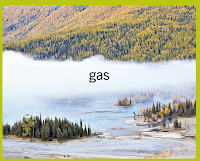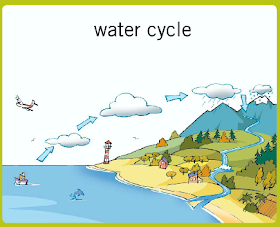On this Arts & Crafts lesson we are going to be artists, our goal today is to create a picture using geometrical shapes.
We start with an oral revision about what we have learn about animals (domestic animals and wild ones; which animals fly, which one walk o swim; the parts of their body: tail, ears, ..... ). This will help the student to decide which animal will they create.
We also need to review what the rules on a group are, above all the respect for other people's ideas or work. It is very important to get an agreement with all the group about the final product.
Students, divided into team, play and design with the shapes until they get the agreement about the animal they want to create. Then they will stick the different shapes and they will use pencils and crayons to add the characteristics which will help to define the designed animal.
Now the animals will be part of a picture. As a picture it will need a title, it is the moment to agree again about this issue. They will write in both languages: English and Spanish.
By the end, as a really good artists they have to signed their pictures.
En esta sesión seremos artistas con el objetivo de componer un cuadro de animales con troqueles de formas geométricas.
Comenzamos haciendo un repaso oral de lo trabajado sobre los animales ( animales domésticos y salvajes; que vuelan, andan o nadan; partes de su cuerpo…) para que les ayude a definir el animal que quieren realizar. Así como las normas para trabajar en equipo, sobretodo el respeto por el trabajo de los demás y la necesidad de llegar a un acuerdo entre todos.
Los alumnos, distribuidos en equipos, manipulan y juegan con sus troqueles hasta acordar el animal que quieren diseñar. Después pegan los troqueles y añaden los rasgos que ayudarán a definir el animal diseñado con lápiz y pinturas.
Los animales ahora pasarán a ser parte de un cuadro que también necesita tener un título, es el momento de volver a consensuar el título de la obra realizada. Lo escribirán en los dos idiomas: castellano e inglés.
Y finalmente los artistas deben firmar sus obras.







































